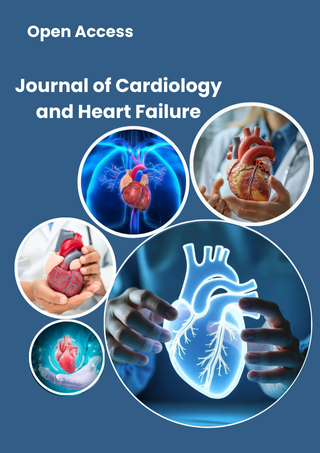Background
Vasovagal Syncope (VVS) is common, yet its pathophysiology is incompletely understood. This study investigated the hypothesis that smoking, through its sympathomimetic effects, might be associated with a lower prevalence of VVS among medical trainees
Methods
A cross-sectional study was conducted using a self-administered online questionnaire distributed to Jordanian clinical medical students, interns, and junior residents. From 525 initial responses, 456 participants met the inclusion criteria. VVS was defined operationally based on self-report of episodes and typical triggers.
Keywords: Syncope; Vaso Vagal Syncope; Smoking; Pathogenesis; Autonomic Dysfunction; Smoking Effects; Cross-Sectional Stud
INTRODUCTION
Syncope is defined as a self-limited, transient loss of consciousness [1]. Vasovagal syncope (VVS), also known previously as neurocardiogenic syncope, is the most common type, with 60-70% of all syncopes [2]. Though accurate pathophysiology remains poorly understood, the most documented mechanism is the autonomic dysfunction, sympathetic activity withdrawal, and increased parasympathetic tone, which leads to vasodilation, bradycardia, and decreased peripheral resistance, which eventually leads to cerebral hypo perfusion [3,4]. The trigger behind this initiation of autonomic dysfunction is still debated; it is said to be a defense mechanism against the brain stem shutting down by the higher centers or ventricular mechanoreceptors' paradoxical firing [5,6]. However, other sources debate it as a psychological issue, like anxiety that activates sympathetic stimulation [7]. Also, Family history and sex of the subject are important predictors of vasovagal syncope in offspring [8]. The prevalence of syncope for a lifetime of 70 years is 42%, with an annual rate of 6%. Moreover, the incidence ranges from 18.1 to 39.7 per 1,000 patients [9].
Indexed In
DOAJ
CrossRef
PubMed
MEDLINE
ResearchBib
OAJI
Sindexs
EBSCO A-Z / Host
OCLC - WorldCat
Journal Flyer


